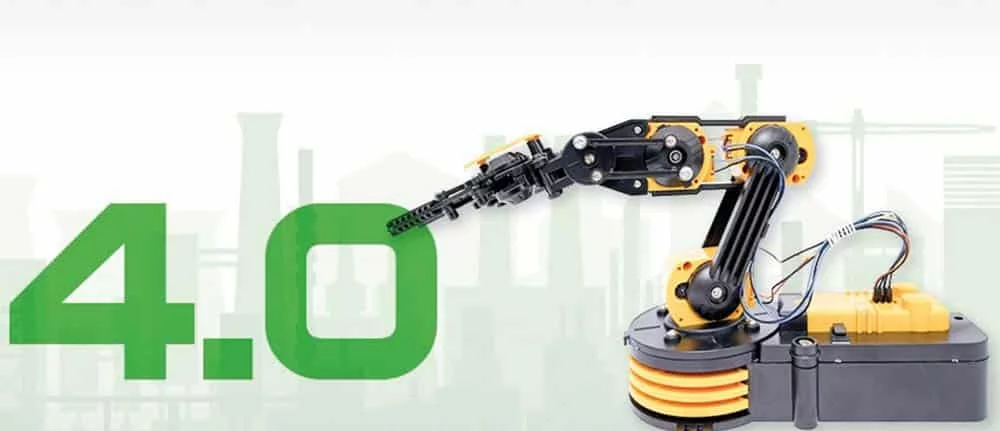New efficiency gains through digital labels

In recent years, customers' purchasing expectations have risen enormously. Before deciding on a product, they critically examine quality, price and service - and compare them with what the competition has to offer.
It has long been known that customers in Germany are more conscious shoppers and more price-sensitive than elsewhere. This makes transparent pricing all the more important. In stationary retail, this is becoming increasingly easy. After all, price tags on the shelves can now be controlled electronically at the push of a button from the head office or the point of sale. This meets expectations and creates customer loyalty.
The use of electronic shelf labels (ESL) instead of cardboard slips in stores primarily brings efficiency gains. What employees used to do manually is now done automatically by the software. This saves a great deal of time, reduces errors and, as a result, leads to fewer customer complaints. Ideally, electronic price tags always correspond to the prices in the POS system.
Versatile
At the same time, stores that use ESL are more flexible. Prices can now be adjusted more easily to the current market situation, several times a day if necessary. If beer consumption increases during an event, the crate costs a few cents more. If the lettuce is slowly dropping its leaves, it is available on special offer. To make sales more attractive, reduced prices could be displayed to customers in parallel via the retailer's online store or smartphone app. It is also possible to integrate further information such as customer ratings, goods availability and promotions into the labels. Such service-oriented omnichannel offers facilitate the purchase decision.
Electronic shelf labels are also being used more and more frequently behind the scenes, in intralogistics. For example, for labeling picking carts, circulation containers, shelves and for pick by light. Typing, printing and sticking labels was yesterday: Nowadays, the labels are controlled by radio signal from the ERP system and provided with order numbers, QR and bar codes.
The advantages are great. First: Adjustments are possible at any time and in real time. Second: Assignment and tracking of machine, order, content and status are facilitated - also visually. Third: Information in the warehouse and software always match. An automatic interaction between ERP system, mobile devices and ESL is created, which significantly reduces the manual effort of employees. Thanks to modern technologies such as e-paper, liquid-crystal or dot-matrix displays, a wide range of graphic representations is possible. Power is only consumed when information is changed.
ESL can be seamlessly integrated into the existing ERP landscape as an on-premises and cloud solution and individually adapted to the requirements. Additional isolated applications are thus avoided. The implementation can be realized during ongoing operations and within a few weeks. The introduction is followed by a test phase, in which empirical values are collected around everyday usability, speed, time savings and reliability, and adjustments are made if necessary. The possible applications range from inventory management to manufacturing and logistics activities to everyday office work.
However, whether in intralogistics or in retail, the integration of ESL requires a close interlocking of product range and software. Without the harmonization of data and the dovetailing of systems, many, if not all, of the advantages of electronic shelf labels can only be poorly realized. A holistic approach is needed to make ESL a success in intralogistics.









